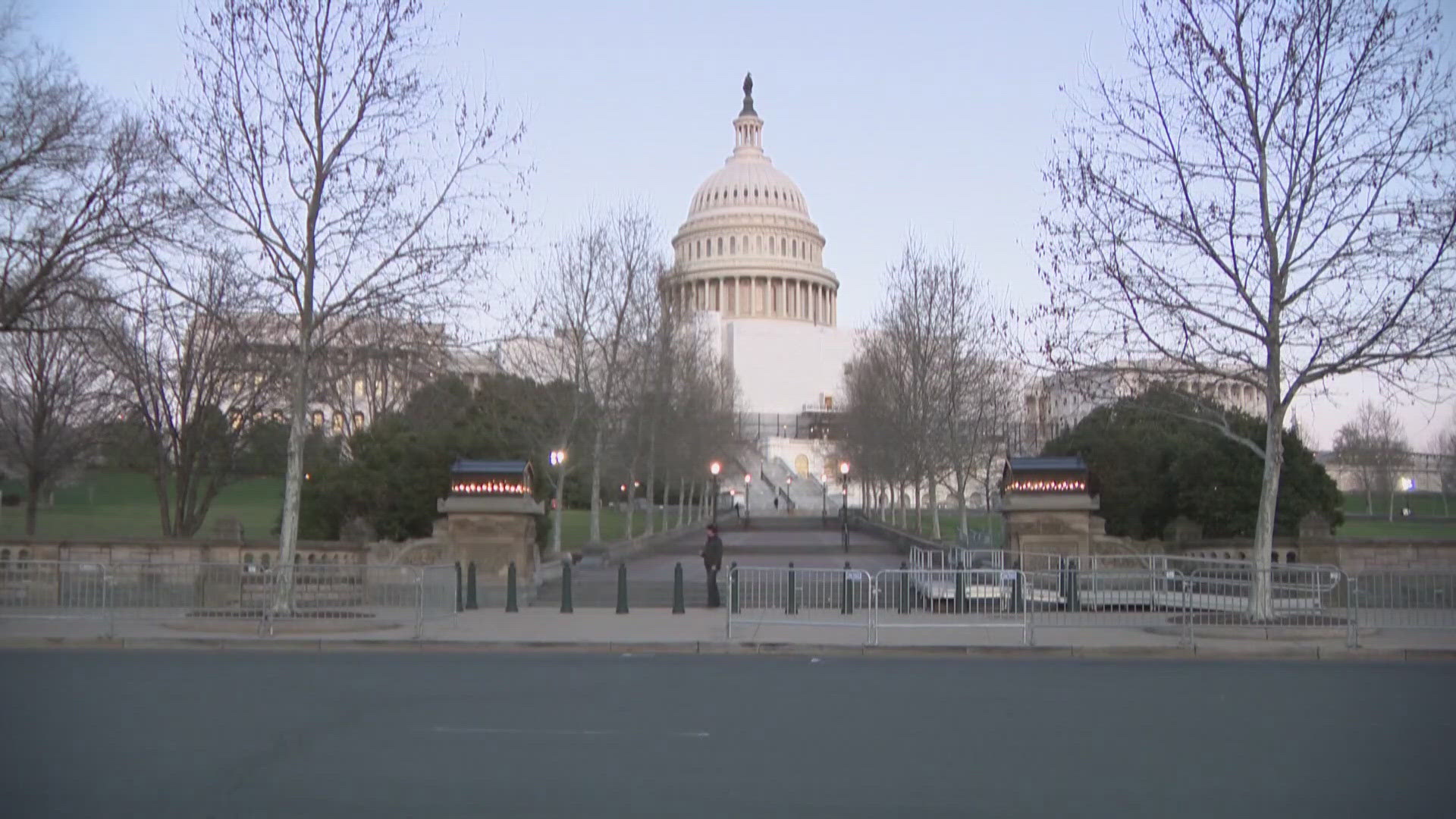"Twitter enabled ISIS," said Mubin Shaikh.
He knew that, because he was a recruiter. He is also the author of the book Undercover Jihadi.
"Twitter. Enabled. ISIS. I saw with my own eyes, Twitter allowing these things to happen," he said.
Shaikh took us step-by-step through the process. He trolled Twitter and Facebook to find targets ripe for the picking.
"We could see that they needed friends, they needed company, they needed camaraderie and this was something that we could provide them," he said.
Shaikh reeled in recruits for what he calls the global jihadist cause, including the Taliban and Al-Qaeda. So entrenched in his beliefs, he named his first child “Mujahid.” It means one engaged in jihad, a fight against the enemies of Islam.
But he had an epiphany during the September 11 terrorist attacks and questioned his ardent commitment to extremism. Shaikh ultimately abandoned it, becoming a Canadian government informant.
"I would say to parents watching this: don’t push your kids away," Shaikh warned.
As a recruiter, his targets were young, vulnerable and often alienated from their families. Converts to Islam were considered gold, the ideal candidates for radicalization.
"White, Christian, maybe Jewish becoming Muslim? Oh, this is seen as an insult to your family," he explained. "You’re turning your back on your culture. We wanted that because we knew that people would see that. Hey, this white person is Muslim. Maybe being Muslim isn’t so strange anymore."
Audrey Alexander of the George Washington University Program on Extremism studied the role of digital communications in terrorist recruitment.
"More so than other organizations, the Islamic State has really harnessed the power of social media," said Alexander.
Case in point: Ali Shukhri Amin, a 17 year-old former honor student from Northern Virginia. Offline, he was a loner, suffering from an array of physical challenges. Online, Amin was a hero who amassed more than 4,000 Twitter followers and sent more than 7,000 pro-ISIS tweets.
Explained Alexander, "As opposed to before, where you’d have to travel or have to know the right people. The barrier for participation is lower than its ever been. And you can access those groups in a matter of minutes."
Evidence obtained from the FBI includes a school paper written by Amin. He proposes a 28th Amendment in which the United States becomes a “providence of the caliphate,” or state under Muslim rule. Amin suggests our judicial branch would be replaced with “9 council of Islamic scholars.”
Amin also wrote a blog detailing how ISIS supporters could use bitcoin to conceal money transfers. He even instructed them how to travel to Syria.
"Social media generally just makes it more accessible," Alexander noted. "It’s easy, it’s cheap to engage and it’s fast."
Here’s the profile of a typical recruit, according to the George Washington University Program on Extremism:
—90% of those charged with terrorism are men
—their average age is 28
—the vast majority are American citizens or permanent residents
Many recruits are drawn in by slickly produced videos, promising the chance to help those less fortunate. The opportunity to become a real-life action hero. But not all are loners or social outcasts.
Consider college sweethearts Jaelyn Young and Mo Dakhlalla. Young was a 19 year-old honor student, cheerleader and college chemistry major who planned to become a doctor. Her father: a police officer and Navy veteran. Her mother: a teacher.
Mo was the 22 year-old son of a local imam, described by family friends as smart and polite. He was getting ready to start a graduate program in psychology. Jaelyn was his first girlfriend. Authorities describe her as the mastermind behind a trip to Syria, where the couple intended to join ISIS. They posted their plans on multiple social media platforms, including Twitter. But the FBI was watching and arrested them at the airport.
Recruiters aren’t just looking for jihadists, but anyone with access to targets or information.
"Oh you’re an older male, well where do you work? Oh a government building? Interesting," said Shaikh. "What kind of government building? What do you have access to?"
Echoed Alexander, "There’s tremendous diversity."
Both experts say, we should all be concerned, not just about the recruitment of young people to extremist groups abroad. But to the radical threats close to home.
Said Shaikh, "All the things that we’ve been looking at for jihadists has been applying for white supremacists. What I fear is if we drop our eye from either one of them, then we’ll miss the next big attacker."
In the DC area alone, 35 people have been charged with offenses related to ISIS, since 2014. So what kind of federal prison sentence do you get for joining or supporting a terrorist organization? Roughly ten years. Ali Amin is now serving an 11 year sentence. Jaelyn Young: 12 years. Mo Dakhlalla: 8 years.
For information on the warning signs that someone may be interested in joining an extremist group, check out: www.info-radical.org


